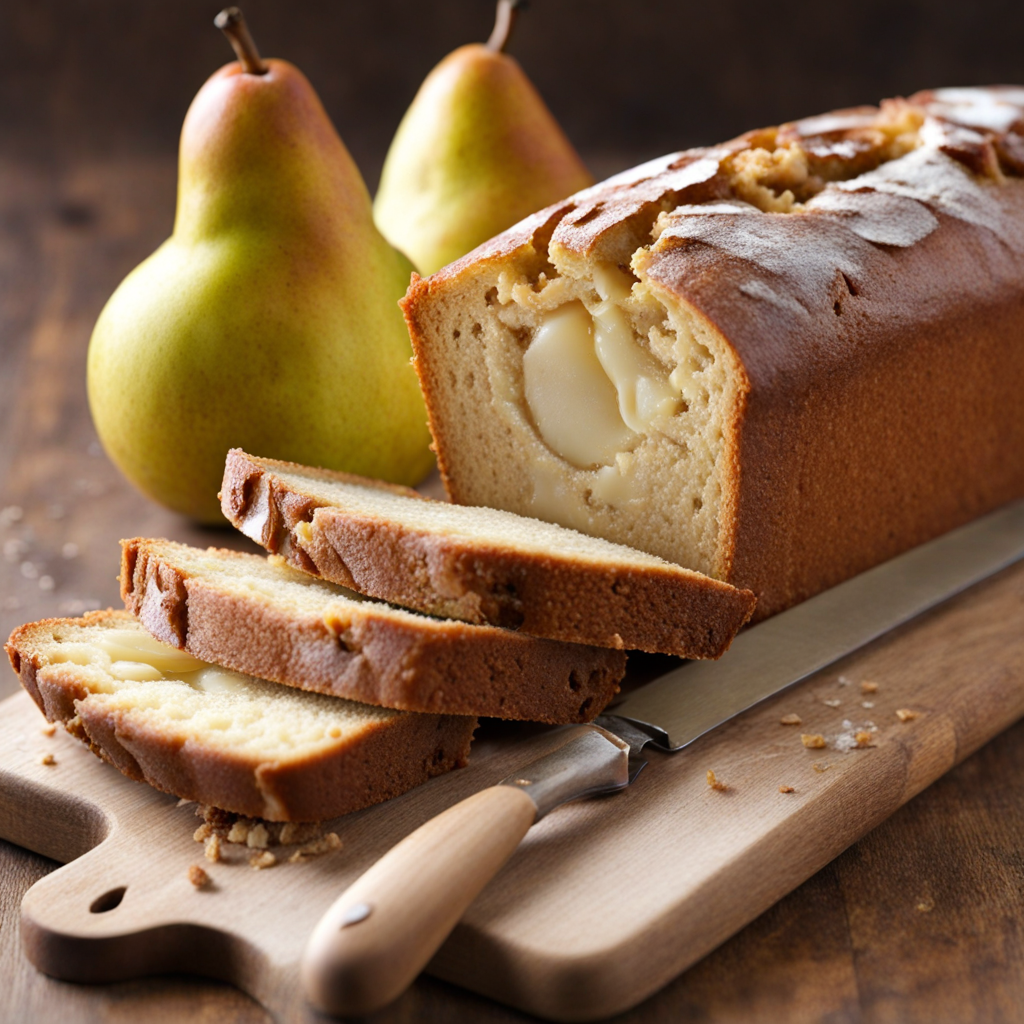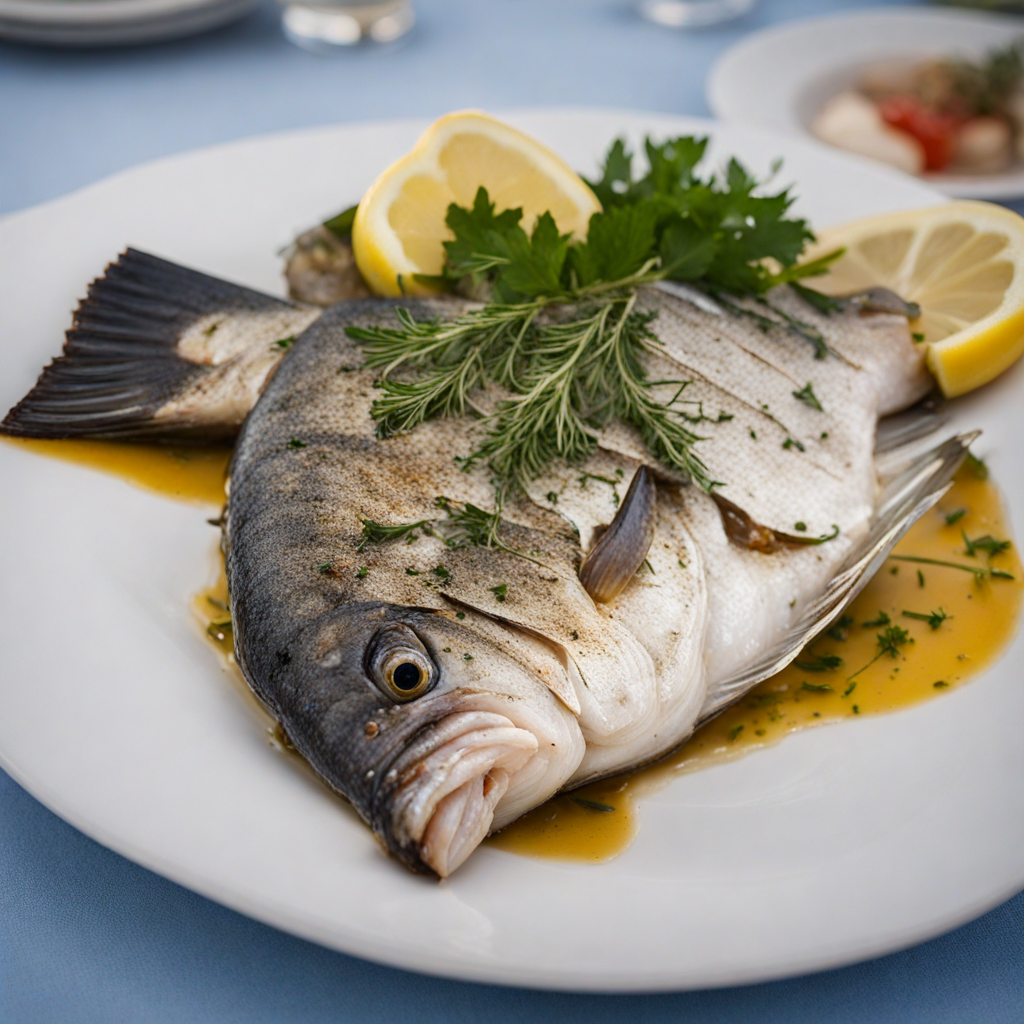Tarragon Potica
Tarragon Potica is a delightful Slovenian pastry that combines the rich tradition of potica, a rolled dough filled with various ingredients, with the distinctive flavor of tarragon. The dough is made from a soft, yeast-leavened bread that is rolled out thinly to create a delicate, airy base. This unique pastry is often served during special occasions and celebrations, showcasing the country's culinary heritage. The subtle sweetness of the dough perfectly complements the herbal notes of tarragon, making it an intriguing choice for those looking to explore new flavors. The filling of Tarragon Potica typically consists of finely chopped tarragon mixed with ground walnuts, sugar, and sometimes even a touch of cream or butter to enhance the richness. This combination creates a harmonious balance between the aromatic, slightly peppery taste of tarragon and the nutty sweetness of walnuts. Each bite offers a burst of flavor that is both comforting and refreshing, setting it apart from more common sweet pastries. The rolling technique used to create the potica results in beautiful swirls of filling, making it as visually appealing as it is delicious. Tarragon Potica can be served warm or at room temperature, often dusted with powdered sugar for a touch of elegance. It pairs wonderfully with a cup of tea or coffee, making it a perfect accompaniment for afternoon gatherings or festive celebrations. For those eager to discover a new taste, Tarragon Potica invites adventurous eaters to experience the delightful fusion of sweet and savory, embodying the essence of Slovenian cuisine in every bite.
How It Became This Dish
The History of Pehtranova Potica: Slovenia's Cultural Culinary Gem Pehtranova potica, a traditional Slovenian pastry, is a delightful symbol of the country's rich culinary heritage. This sweet bread, filled with an aromatic blend of ingredients, showcases the agricultural bounty of Slovenia and reflects the cultural influences that have shaped the Slovenian identity over centuries. #### Origins and Ingredients The origins of potica can be traced back to the Middle Ages, with its roots deeply embedded in the rural communities of Slovenia. The word "potica" itself is derived from the Slovene word "poti," which means "to roll" or "to twist," encapsulating the pastry's unique spiral shape. Traditionally, potica has been prepared for special occasions, such as weddings, holidays, and family gatherings, making it a dish rich in social significance. Pehtranova potica specifically refers to a version of potica that is flavored with pehtran, or "sweet cicely" (Myrrhis odorata), a herb that has been used since ancient times for its aromatic qualities and medicinal properties. The use of pehtran in this sweet bread highlights the Slovenian connection to the land and the natural environment, as it was commonly found in gardens and meadows. The basic ingredients used in pehtranova potica include flour, eggs, milk, sugar, and butter for the dough, while the filling typically features ground walnuts, sugar, and the aforementioned sweet cicely. This combination not only creates a rich and flavorful pastry but also illustrates the importance of local agricultural products in Slovenian cuisine. #### Cultural Significance Pehtranova potica is more than just a pastry; it is a symbol of Slovenian identity and tradition. In many Slovenian households, the preparation of potica is a cherished ritual that brings families together. The process of making potica, from kneading the dough to rolling it out and filling it, is often a communal activity that fosters a sense of belonging and continuity among generations. The significance of potica extends beyond familial gatherings. It has become a staple of Slovenian celebrations, particularly during Easter and Christmas. During these times, families often prepare multiple varieties of potica, showcasing the diversity of flavors and fillings that exist across the country. Pehtranova potica, with its unique herbal flavor, is especially favored for its refreshing taste, distinct from the more common nut-based fillings. Over the centuries, potica has evolved into a culinary emblem of Slovenia, often featured in cultural festivals and events that celebrate Slovenian heritage. In 2016, the Slovenian government even declared potica as a "cultural heritage" dish, recognizing its significance in the national culinary landscape. #### Development Over Time As Slovenia's history unfolded, so too did the variations of potica, including pehtranova potica. The pastry has been influenced by various cultural and historical factors, including the Austro-Hungarian Empire, which ruled over Slovenia for centuries. This period brought about culinary exchanges and the introduction of new techniques and ingredients, enriching the Slovenian food landscape. In the 19th century, as Slovenia began to assert its national identity amidst the broader Austro-Hungarian context, pehtranova potica became a way to celebrate and preserve Slovenian traditions. The pastry was often served at nationalistic gatherings, showcasing the importance of local foods in fostering a sense of community and national pride. The 20th century brought further changes, especially during and after the two World Wars. Slovenia underwent significant social and economic transformations, leading to urbanization and a shift in culinary practices. While many traditional dishes, including potica, faced the threat of extinction, the post-war period saw a resurgence of interest in national cuisine. Efforts were made to document traditional recipes, ensuring that pehtranova potica and its counterparts would be passed down through generations. In contemporary Slovenia, pehtranova potica continues to thrive. Artisan bakers and home cooks alike have embraced the tradition, experimenting with new flavors and modern techniques while remaining true to the essence of the dish. This melding of tradition and innovation has allowed pehtranova potica to maintain its relevance in a rapidly changing culinary landscape. Additionally, Slovenia's growing reputation as a gastronomic destination has brought international attention to its traditional foods. Culinary tourism has led to a renewed appreciation for dishes like pehtranova potica, with visitors eager to experience authentic Slovenian cuisine. Local food festivals, cooking classes, and culinary tours often highlight potica, allowing both locals and tourists to engage with the pastry's rich history. #### Conclusion Pehtranova potica is not merely a delicious pastry; it is a testament to Slovenia's cultural identity, agricultural heritage, and the resilience of its culinary traditions. From its humble origins to its status as a symbol of national pride, pehtranova potica embodies the spirit of Slovenian community and the joy of sharing food. As Slovenia continues to evolve, so too will this beloved dish, ensuring that future generations will savor its unique flavors and appreciate the rich history that it carries. Whether enjoyed during festive celebrations or in the warmth of a family gathering, pehtranova potica remains a cherished part of Slovenia's culinary tapestry, inviting all who partake to taste not just a pastry, but a piece of Slovenia itself.
You may like
Discover local flavors from Slovenia







